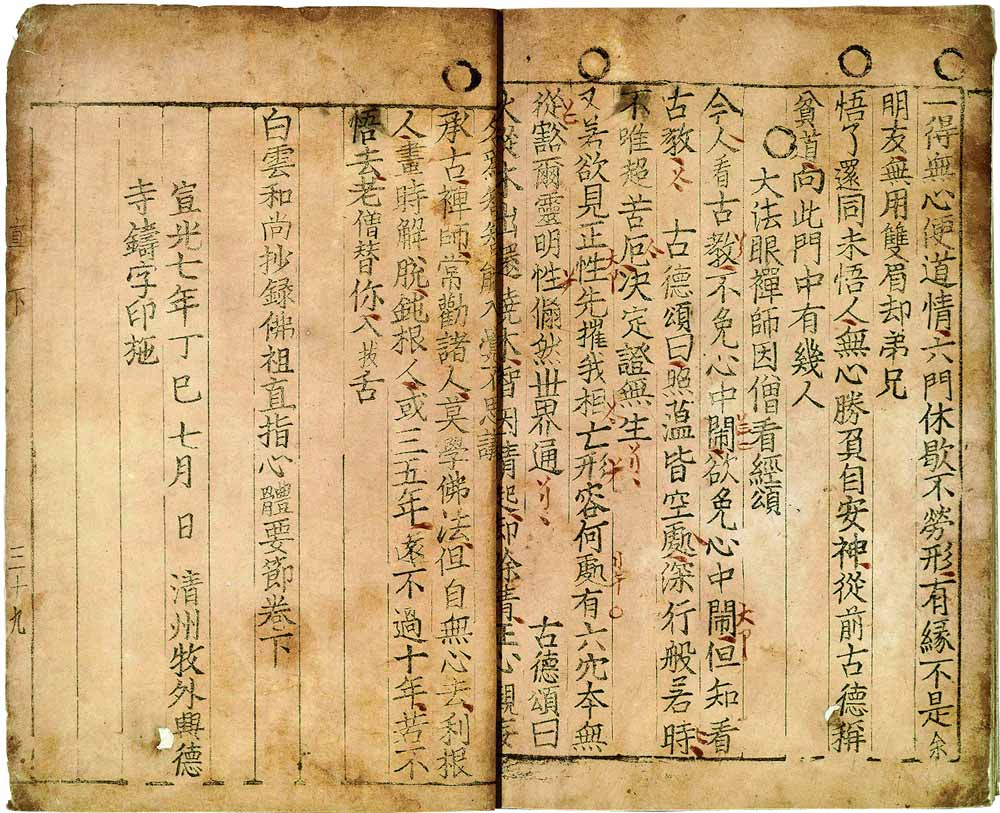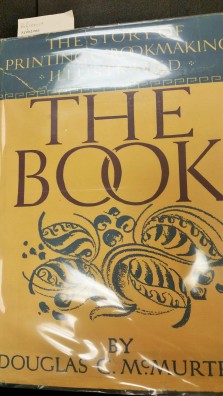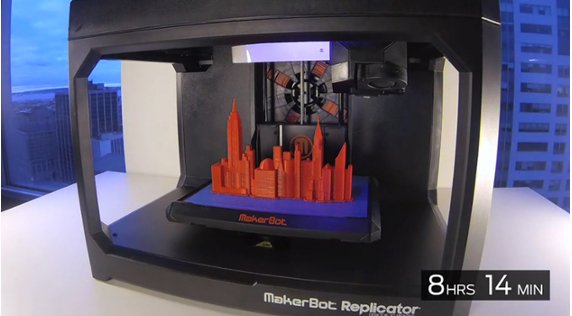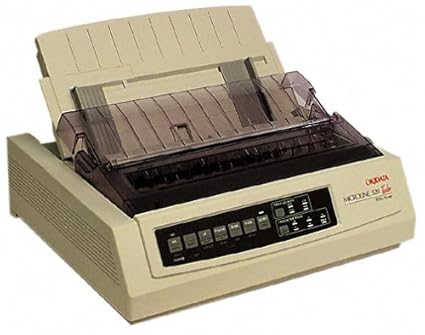Three main components related to the printer that can be focused on for their environmental impacts are paper, plastic, and ink cartridges. It is very easy to look up the impacts that these three things have on the environment and how society can help. Society is bombarded with messages about the impact of paper production and the importance of recycling paper. It is easy to see how important it is to recycle paper given the sheer number of trees cut down every year for society’s love of paper products.
WWF (World Wildlife Fund) has published an article dedicated to giving information on the production of paper as well as how to dispose of it responsibly to reduce the current effects on the environment. Figure 1 below is the picture featured on WWF’s article titled, “Pulp and paper” and shows a bundle of cut down trees for the production of paper. According to WWF, “Paper products are crucial to society, as they have enabled to literacy and cultural development.” After conceding that paper is integral to society, the WWF goes on to say that to take pressure off of Earth’s remaining forests and endangered animals, practices in the production and consumption of paper must be changed. To truly help the earth, practices in the harvesting, production, and disposal of paper must be worked on. Japan, Canada, the United States, and China are the largest producers of paper and collectively produce around 400 million tons of paper annually. Businesses in the paper industry that have unsustainable logging practices contribute to the degradation of forests, wildlife loss, and the acceleration of climate change. The WWF works with stakeholders to bring about sustainable forestry and to promote responsible paper consumption.

Fig. 1. wwf.panda.org, Pulp and Paper, 2017.
EnergyCollective.com, a forum dedicated to publishing articles on subjects including energy policy and energy technologies has an article titled, “Ink Waste: The Environmental Impact of Printer Cartridges” by Bob Gorman, looks at the adverse effects of simply throwing away empty ink cartridges. The ink used for printer cartridges is made up of several chemicals that hold potential danger to both people and the environment, including butyl urea, cyclohexanone, EDTA, and ethylene glycol. By simply throwing an ink cartridge, the VOCs (volatile organic compounds), and heavy metals that make up the cartridge, pollute the soil and water once they reach the landfill. It takes roughly 1,000 years for an ink cartridge to fully decompose in a landfill site. One other effect of not properly disposing of ink cartridges is that the International Agency for Research on Cancer has classified toner as a potential carcinogen. One positive thing about the production of ink cartridges is that according to Made in a Free World, there is a very low purchasing risk. Reading the facts provided by Gorman, should influence readers to properly dispose of their ink cartridges. Since most of the materials in cartridges are recyclable, society can save millions of gallons of oil by recycling their ink cartridges.
The issues of plastic are not black and white when considering that there are different kinds of plastics so production and disposal vary depending on what the plastic is composed of. In chapter three of “Life Cycle Engineering of Plastics: Technology, Economy, and the Environment” by Lars Lundquist looks at how to minimize environmental impact by recycling plastic products. Lundquist agrees that with the recycling of plastics, “The strategy to apply depends on the type of material and product and on consumption patterns.”. In 1994, 17.5 million tons of plastic was produced in Western Europe. The lack of recycling was due to the high cost of setting up recycling plants. Consumers must pay attention to what their product is made up of to determine how to properly dispose of it.
Works Cited
“Pulp and paper.” WWF, 2017,
wwf.panda.org/about_our_earth/deforestation/forest_sector_transformation/pulp_and_paper/.
Gorman, Bob. “Ink Waste: The Environmental Impact of Printer Cartridges.” The Energy Collective, 30
Mar. 2017, http://www.theenergycollective.com/bobbyg/2401395/ink-waste-environmental-impact-printer-cartridges.
Lundquist, Lars. Life cycle engineering of plastics: technology, economy, and the environment. Elsevier, 2000.
“Purchase Risk.” Made In A Free World, madeinafreeworld.com/dashboard/purchases/Xdlk1NutuJjSefnr1bUH.













